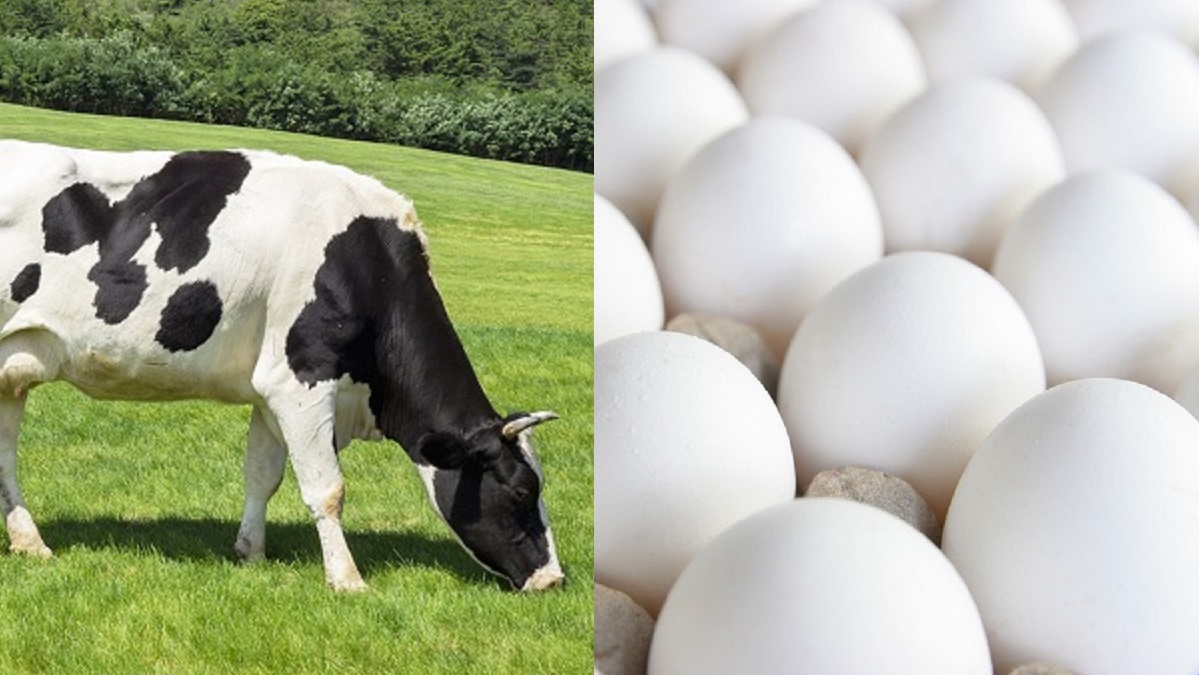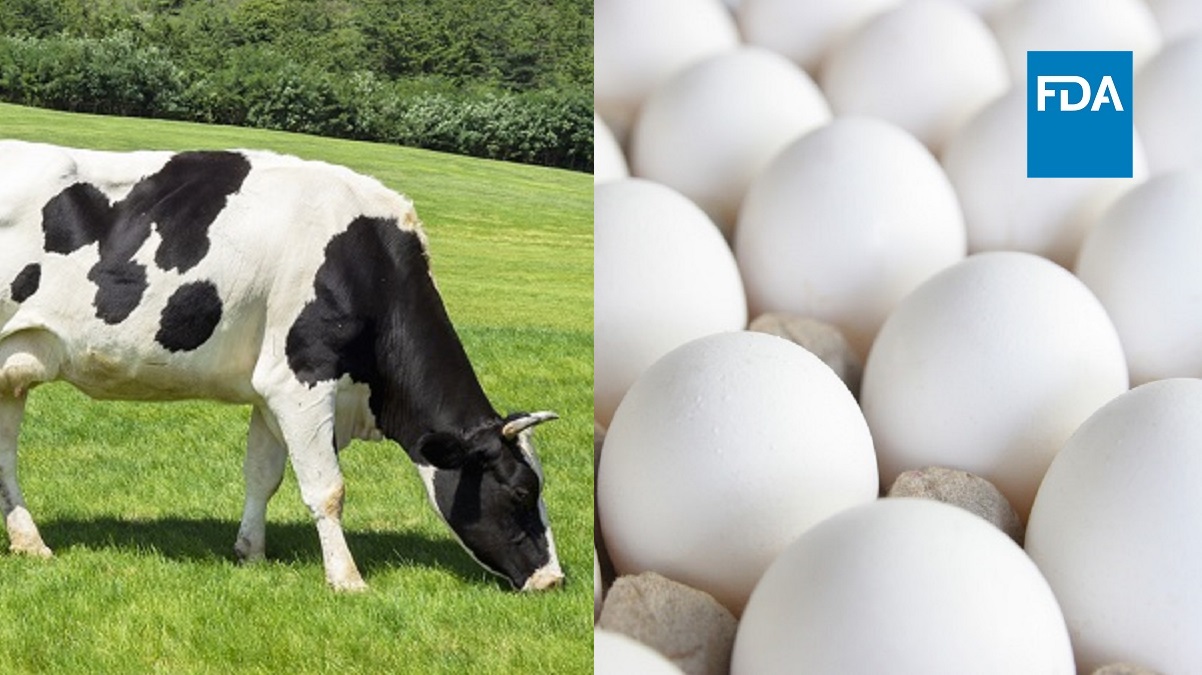
Avian influenza, also known as bird flu, has been spreading among birds and mammals in multiple states in the US, causing concerns about potential human outbreaks and the impact on food supplies. The highly pathogenic H5N1 virus has infected over 9 million chickens and turkeys across Michigan, Minnesota, New Mexico, and Texas. This led to a jump in egg prices around the country as farmers report incidents of bird flu to the USDA for officials to visit and slaughter entire flocks.
The virus has also affected dairy cows in multiple states, causing decreased lactation and low appetite. Milk is pasteurized but not sterilized, helping ensure public health by inactivating infectious agents. However, there are concerns about the possible transmission of the virus through milking machines or from aerosolized spray when milking room floors are power washed.
Another possible route of transmission is the cows' feed due to the practice of using poultry bedding material as a cheap source of protein for dairy and beef cattle. The USDA, FDA, and CDC are working to figure out exactly how the infection is transmitted between herds.
So far, there has been only one confirmed human case in the US. Federal authorities say that milk supply is safe but admit that they seem to know little about what's going on and how widespread the outbreak really is.
The H5N1 outbreak has already caused a devastating crisis for cattle farmers and their herds, with potential to turn into an enormous tragedy for the rest of us. It's crucial that public health authorities share information in a timely manner to prevent further spread and contain any human cases.



